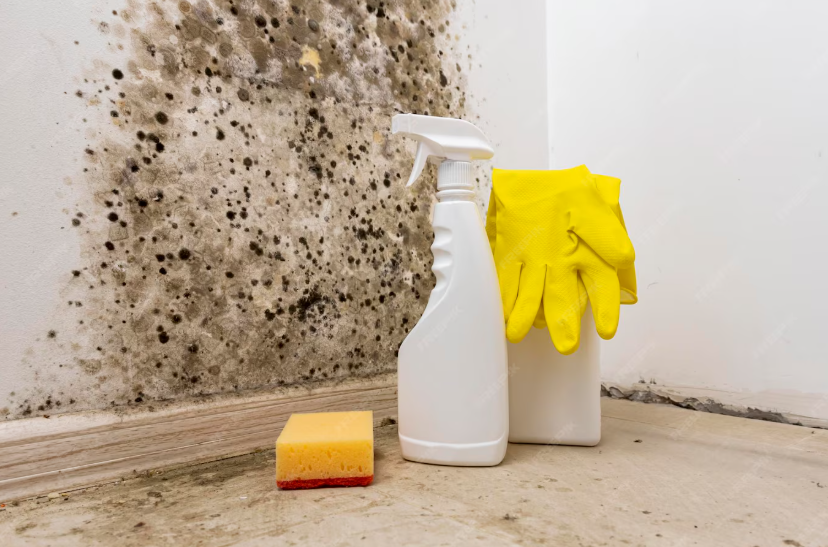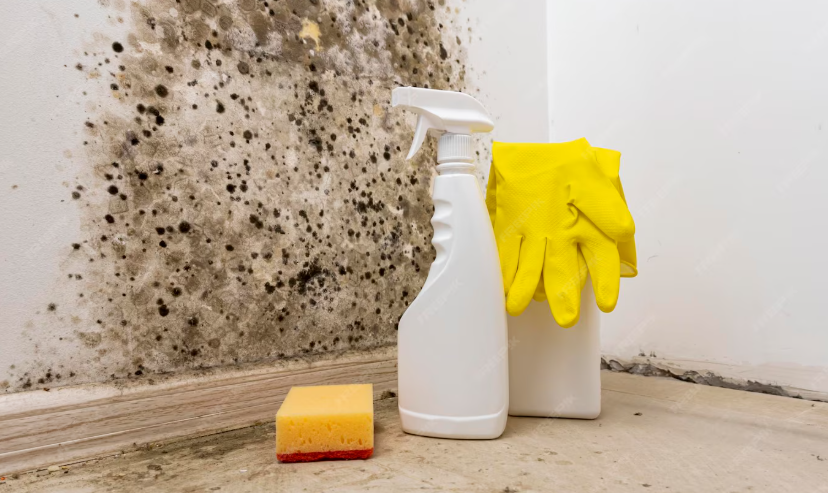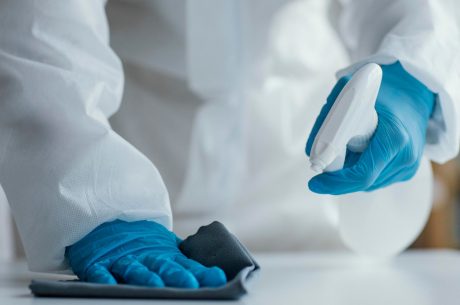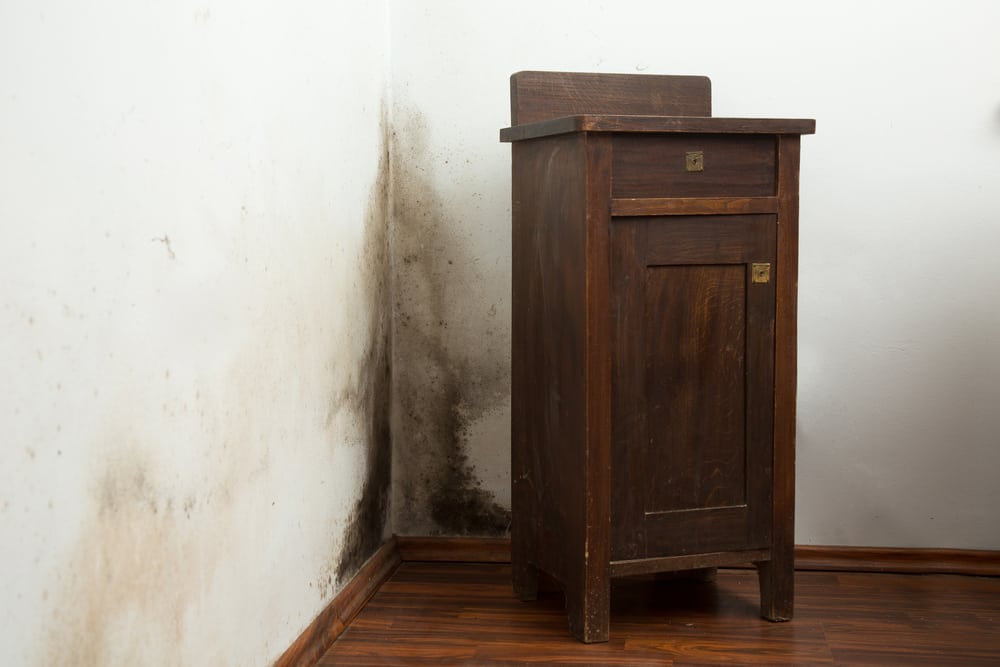Table of Contents
When water damage occurs in a home or business, one of the biggest concerns is mold growth. Mold is not only unsightly and damaging to property, but it can also pose significant health risks to occupants.
Understanding how quickly mold can start to grow after moisture exposure helps property owners take timely action to prevent costly repairs and health problems.
The Quick Timeline of Mold Growth
Mold spores are naturally present in the air everywhere, indoors and outdoors. These spores only need the right environment—moisture, organic material, and warmth—to begin growing. Unfortunately, most homes and commercial buildings provide these conditions easily, especially after water damage.
- Within 24 to 48 hours: Mold spores can begin germinating when exposed to moisture. Even a small leak or condensation buildup can create the conditions for growth.
- Within 3 to 5 days: Colonies become visible, often appearing as small black, green, or white spots on surfaces. At this stage, the musty odor commonly associated with mold may also be noticeable.
- After 7 to 12 days: Mold growth can spread rapidly, impacting drywall, carpets, insulation, furniture, and personal belongings. The longer it’s left untreated, the deeper it penetrates, making cleanup more complex and expensive.
- Beyond 2 weeks: Mold infestations can become widespread, affecting indoor air quality and posing health risks such as allergies, respiratory problems, and other irritations.
This timeline shows just how quickly mold can become a serious problem. The key takeaway: you don’t have much time to wait before addressing water damage.
Factors That Influence Mold Growth Speed
While the 24–48 hour window is a general rule, several factors can make mold appear sooner or delay it slightly:
- Type of Material – Porous surfaces such as drywall, carpeting, and wood absorb moisture quickly, giving mold spores the perfect environment to grow. Non-porous surfaces like metal or glass are less likely to harbor mold.
- Temperature – Mold thrives in warm environments, especially between 77°F and 86°F (25°C–30°C). That means summer water damage incidents often lead to faster mold growth than winter ones.
- Humidity Levels – Mold needs a relative humidity above 60% to grow. In damp basements, poorly ventilated bathrooms, or after flooding, high humidity accelerates growth.
- Airflow – Poor ventilation allows moisture to remain trapped, creating prime conditions for spores to settle and multiply.
- Amount of Water – A burst pipe or flood provides far more moisture than minor condensation, but even small leaks can lead to big problems if left untreated.
Why Immediate Action Matters
Many property owners underestimate how fast mold can become an issue. Waiting to see if an area dries on its own or trying DIY cleanup can backfire, especially if water has seeped behind walls or under flooring. Once mold begins to colonize, simple surface cleaning often isn’t enough—it usually requires professional remediation to fully eliminate.
If water damage is not handled within the first 24 to 48 hours, there’s a strong chance mold will begin to grow. Acting quickly doesn’t just save money; it also protects the health of everyone in the home or building.
Common Areas Mold Grows After Water Damage
Mold often appears in hidden spots before you see it in plain sight. After leaks or floods, keep an eye on:
- Behind drywall and paneling
- Under carpets and padding
- Inside HVAC systems
- Around windows and doors
- In basements and crawl spaces
- Behind cabinets and appliances
Because mold can stay hidden, professional inspections are often necessary to find the full extent of the damage.
How to Prevent Mold After Water Damage
To minimize the risk of mold growth, take these steps immediately after a water incident:
- Remove standing water quickly with professional extraction equipment.
- Dry all surfaces thoroughly using air movers and dehumidifiers.
- Check hidden spaces where water may have seeped, like wall cavities or under flooring.
- Sanitize affected areas to kill spores before they spread.
- Call a professional restoration company to ensure the area is properly inspected and treated.
Professional Help Is the Best Protection
While you can take initial steps, mold prevention and remediation are best handled by experts who have the training, equipment, and experience to deal with hidden moisture and microbial growth.
If you’ve had water damage in your property, don’t wait for mold to show up—because by then, the problem has already advanced. The sooner you act, the better the outcome.

At PuroClean of Northeast Tacoma, we specialize in water damage restoration, mold remediation, and property cleanup. Our team responds quickly, using advanced drying and cleaning methods to stop mold before it spreads. If mold is already present, we can safely remove it and restore your property to a clean, healthy state.
📞 Call us today at (206) 929-0155 for immediate help with water damage or mold problems in your home or business in Washington.



